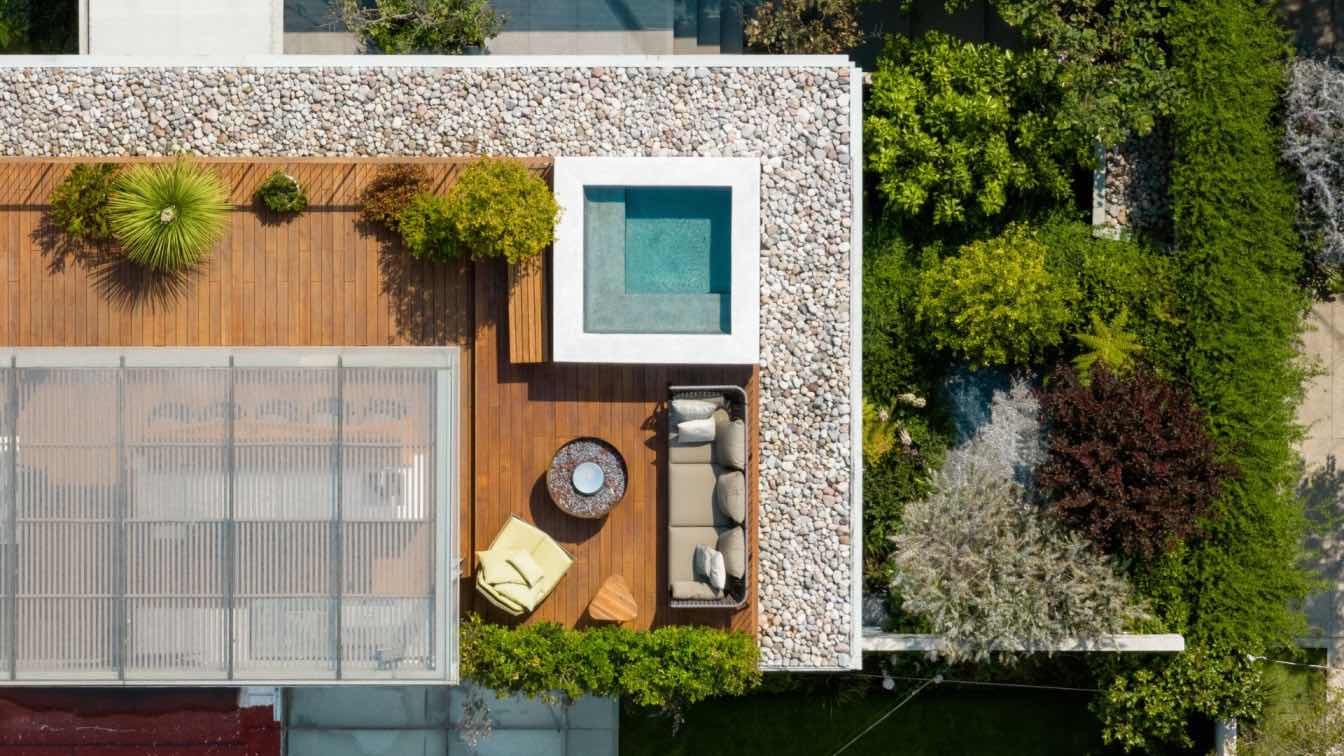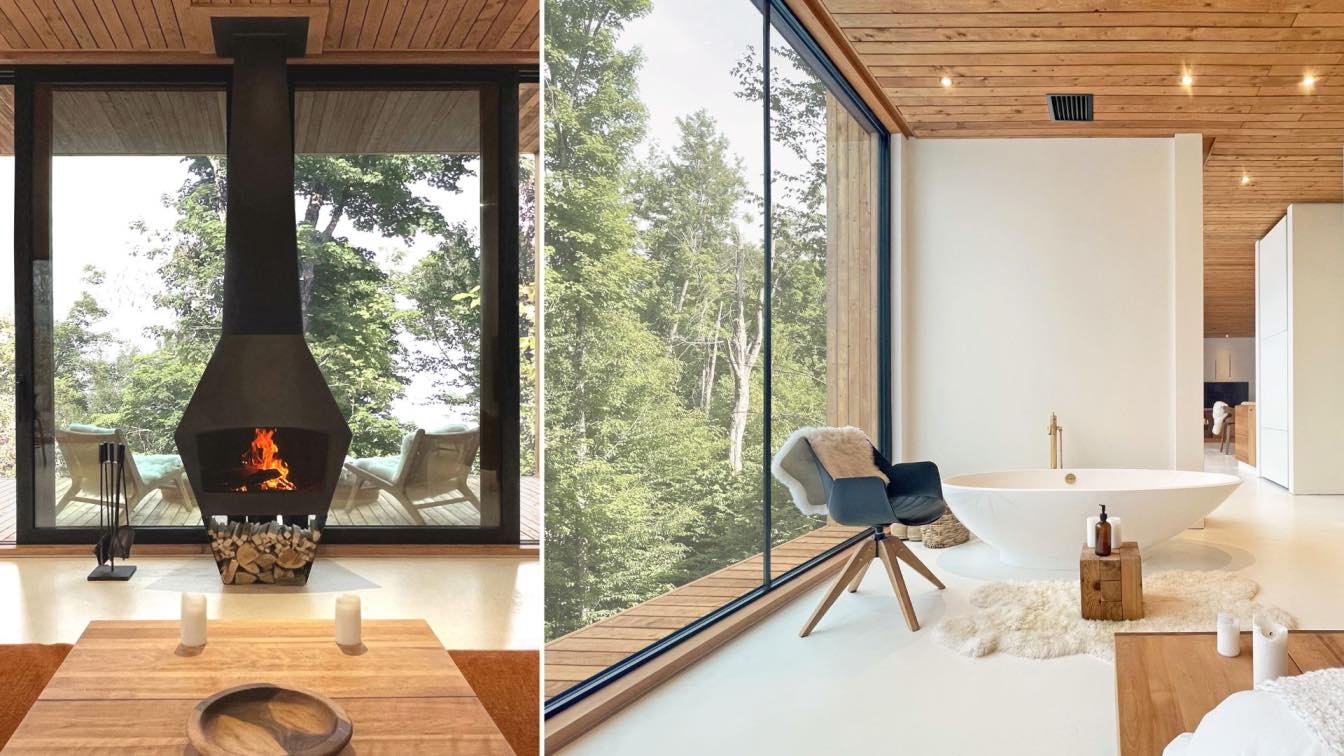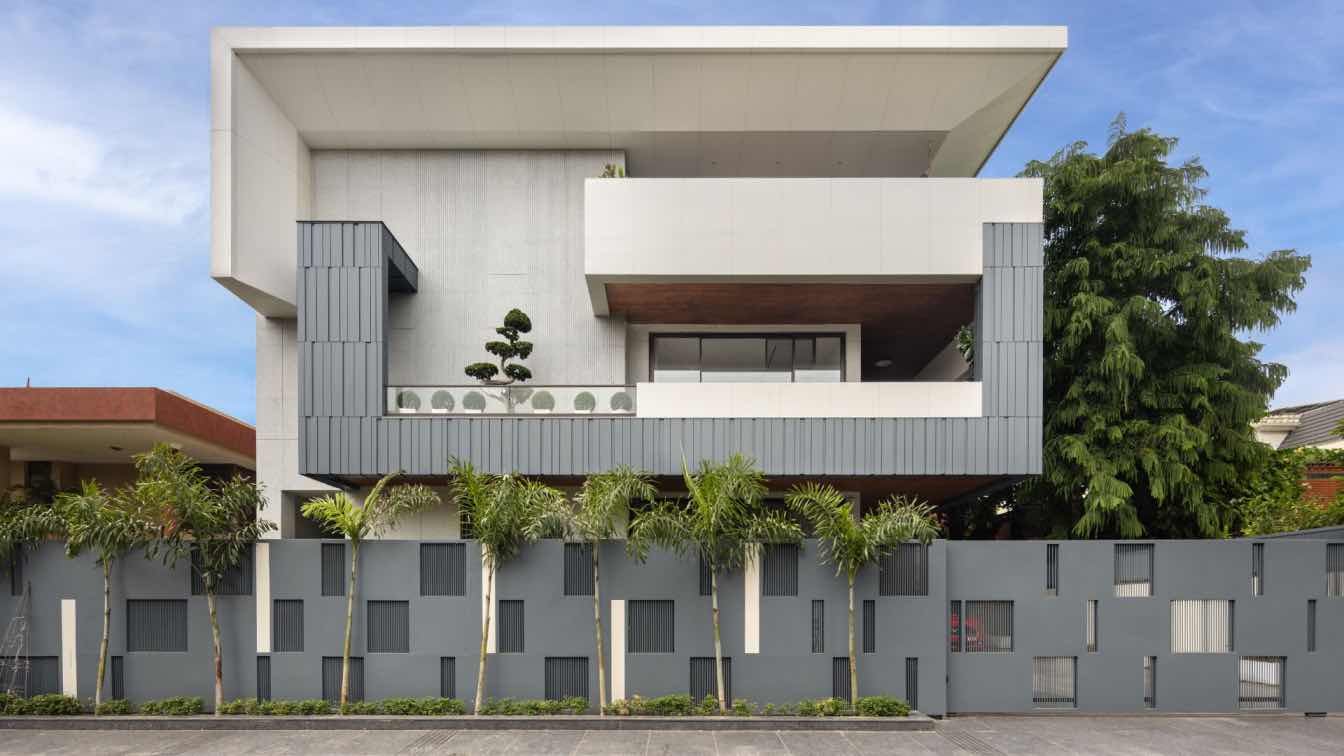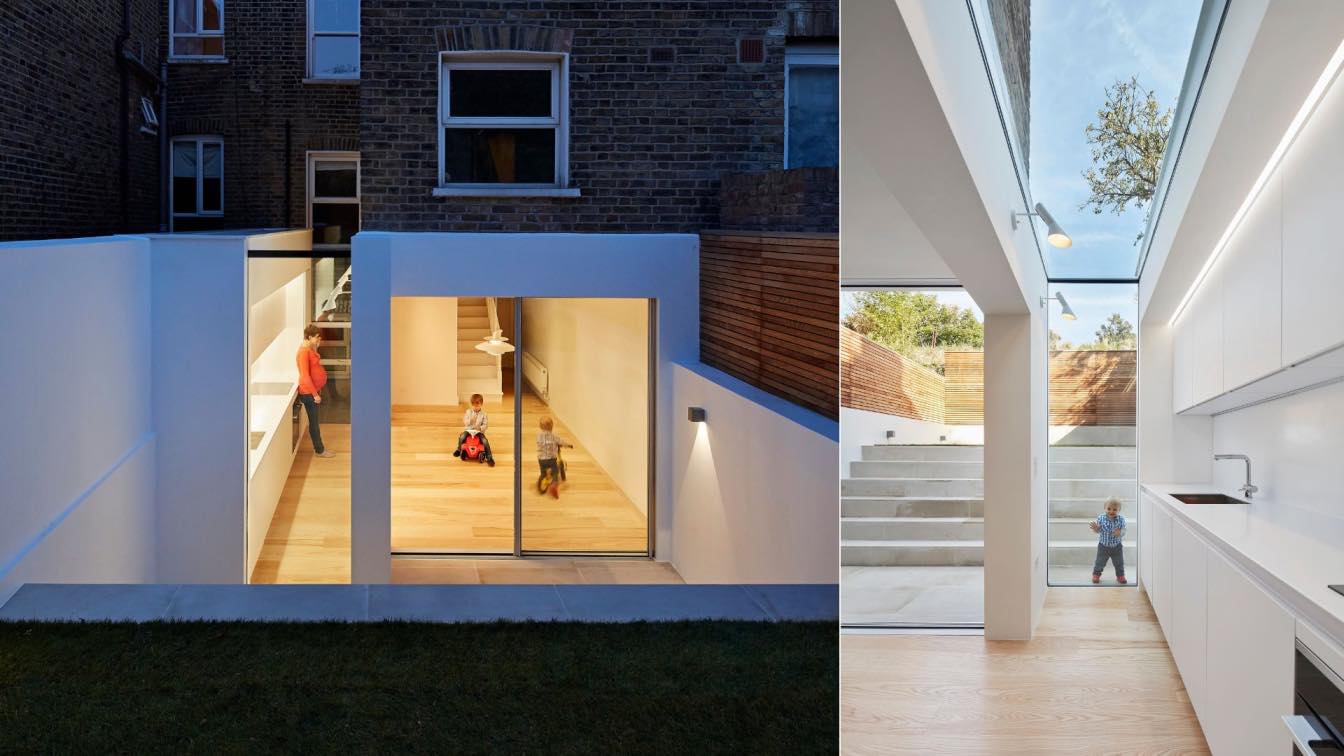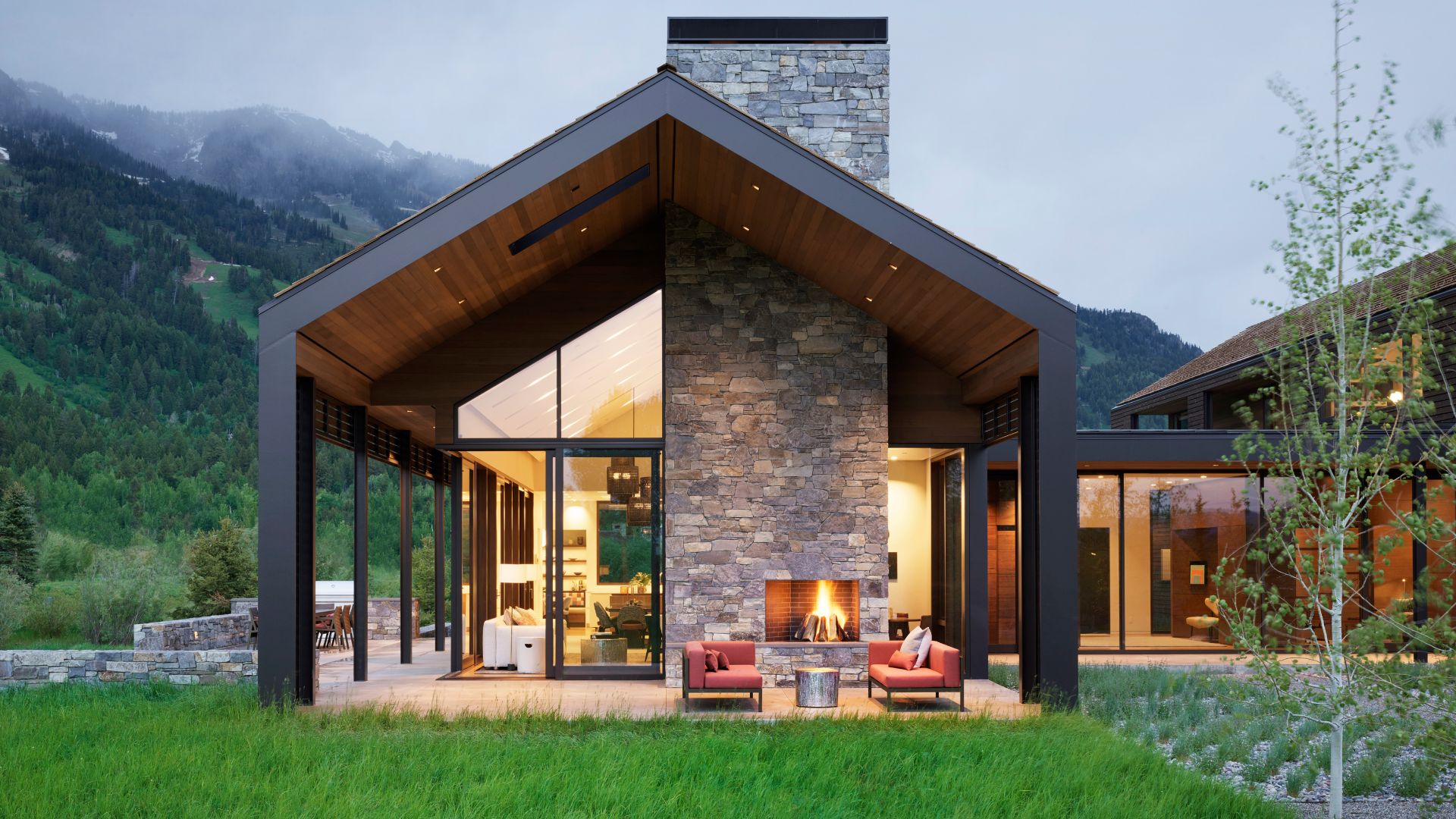IUA Ignacio Urquiza Arquitectos: The project is located in a low-density residential area in Mexico City, where zoning rules currently permit one house to be built per each 1,000 m2 of land. In this area, there are a number of lots that were subdivided before this norm came into force, but they are few and they tend to have specific characteristics. In this case we worked with a 400 m2 site that has a 10-meter frontage and is 40 meters in depth.
The narrow, elongated site—combined with the strict norms in force—were the first external factors determining the form of the house. The restrictions to the front and the rear, both of 5 meters, combined with the lateral setback of 3 meters, decide the exact perimeter of the construction.
The design strategy pointed towards creating the largest possible interior space, while seeking a sensation of openness and a continuous relationship with the exterior. As a result, a perimeter garden—designed to be like a cloud forest—surrounds three sides of the steel and glass structure. At the center of the project, adjacent to the vertical circulations, another garden is inserted in a void that multiplies this interior-exterior relationship and the breadth, while also functioning as a nucleus regulating the ambient temperature.
The rigidity of the volume is softened with specific gestures and interventions; the strict modulation is adapted to the use and the program it contains, while the perimeter of the exterior space is continually interrupted by vegetation. The basement voids suggest an interior and exterior circulation of the volume; the reflective façade endows it with a shifting appearance that makes it different and new over the course of the day and with new weather conditions.
The interior of the volume is dynamic, with double-height spaces, bridges and roofed external terraces that interweave with the structure to generate a spatial sensation that flows with the exterior and the habitation of the box.

The program is grouped and distributed by floor; a basement contains the services and additional uses such as gym, games room, office and wine cellar. The first floor distributes the social areas of the house and establishes them in direct relation to the perimeter garden. The second floors comprises three bedrooms, while the roof terrace, between adjacent gardens and clay roofs, is an extension of the house’s social space, wholly given over to a children’s play area. These four levels are articulated by the vertical circulations and the different voids that break up the uniformity of the box.
The color of the structure is borrowed from the Pantone of Le Corbusier, and chosen to blend perfectly with the green hues of the vegetation and the landscape.
The blue/green tinted windows act as mirrors on the outside, reflecting the skies, landscape and adjacent constructions. The intention is to camouflage the house with the immediate surroundings; the windows, together with the light gray stucco calms the light in the interior and gives the cold and rigid volume a feeling of unexpected warmth.
The Lorena Vieyra furnishings and the different layers and textures of the curtains selected for the home interiors establish an interplay with the transparencies and dress the whole. Together with the existing vegetation and landscaping by Thalia Davidoff, all these elements reinforce the sensation of inhabiting a cloud forest where the clarity that marks a division between the interior, the exterior and the physical limits of the property is blurred.





















































